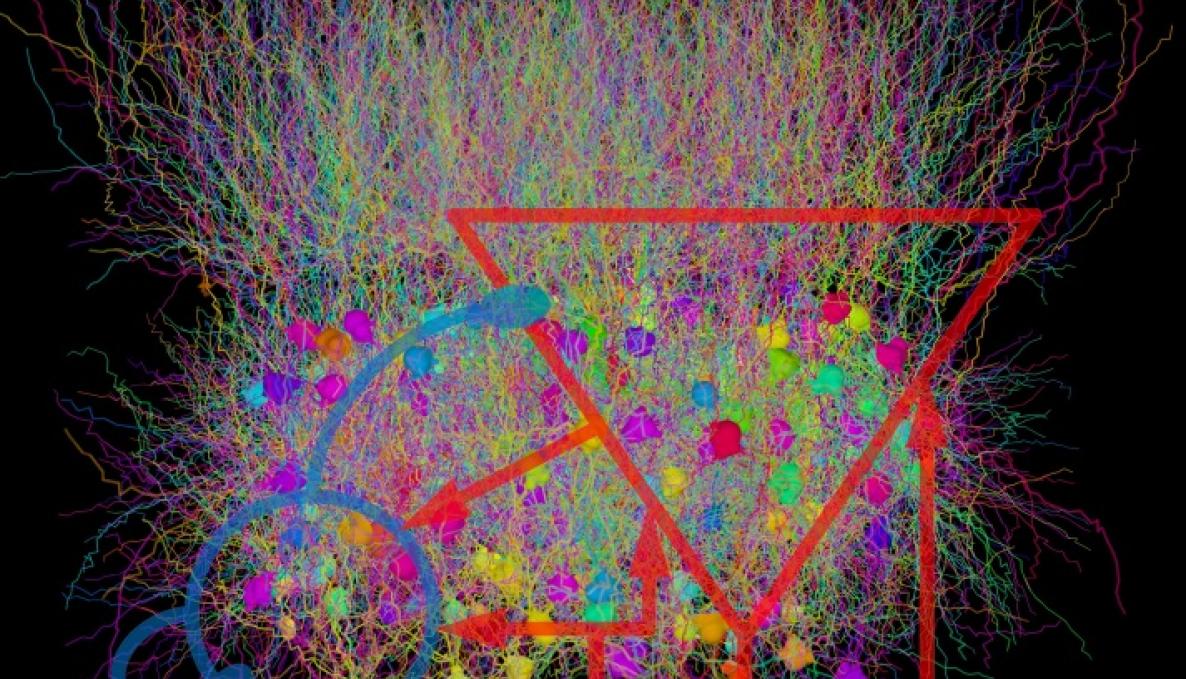Mathematical and Computational Modeling
The activities on mathematical and computational modelling provide the backbone for a science-based approach to a wide range of problems in biorobotics and bioengineering (from the design and control of biorobotic systems to the understanding of the inner working of nervous systems) and covering a broad spectrum of disciplines (from mechanics and material science to nonlinear dynamical systems, to scientific computing).

Research on modelling active materials for actuators and morphing structures focuses on geometric methods, and in new developments in elasticity theory and finite element analysis. These tools are also applied to understand the motility of unicellular organisms, with the idea that biological organisms may inspire new solutions for the design of better robots. Modeling activities are also addressed to reproduce the healthy and pathological condition of biological dynamics as human and animal motion, and the neural fibers and circuits.
Current topics are the modelling of peripheral nervous system to emulate sensory perception (also in the cortex of neuroprosthesis), the modelling of cortico-basal-thalamic network for decision making, the development of therapies for motor disorders and the modelling of extracellular signal to reconstruct microscopic neural dynamics from non-invasive recordings. Machine learning algorithms are also developed and longitudinally constitute the pillar of several software implementations, as part of the previous areas, towards the creation of artificial intelligence-enabled machines.









